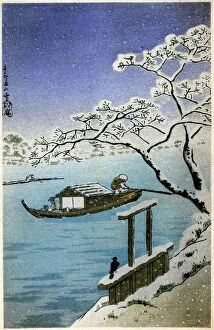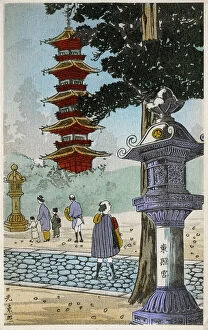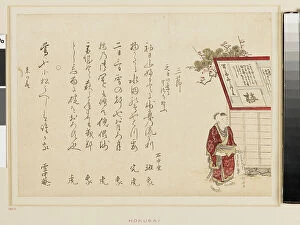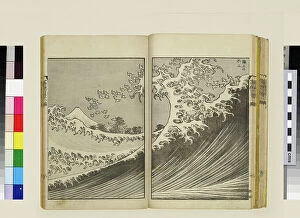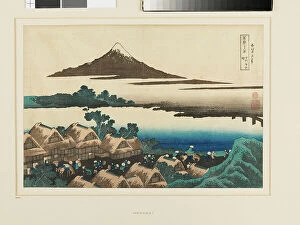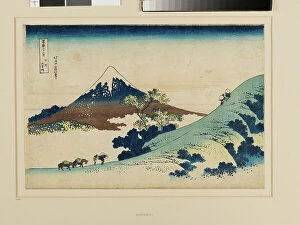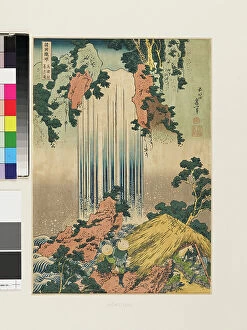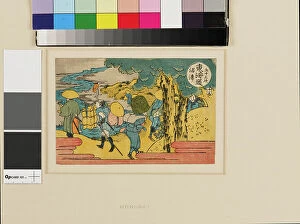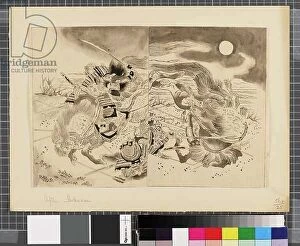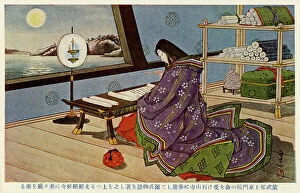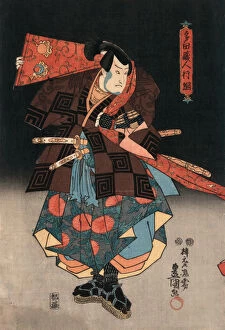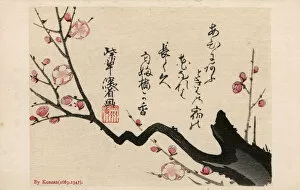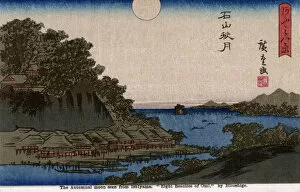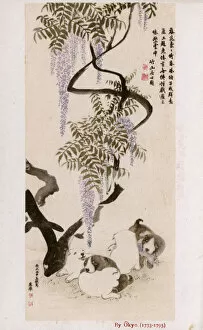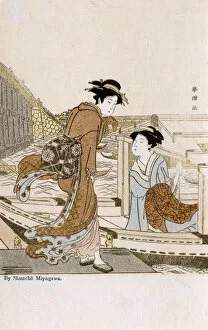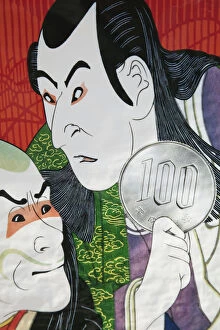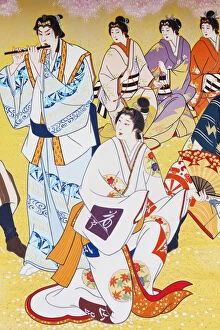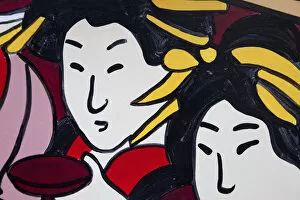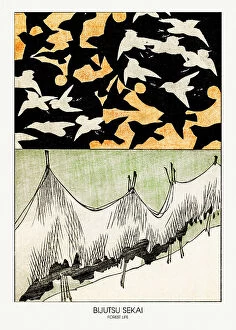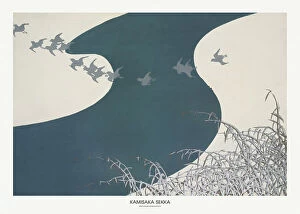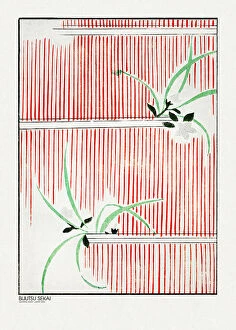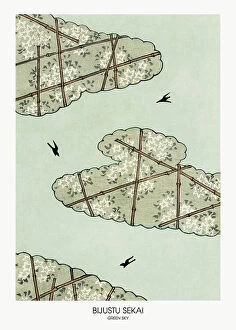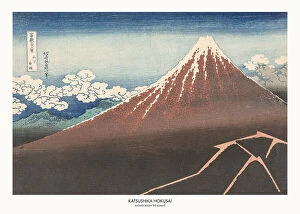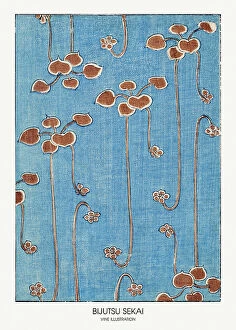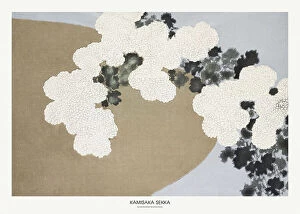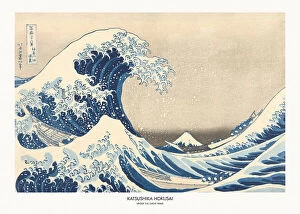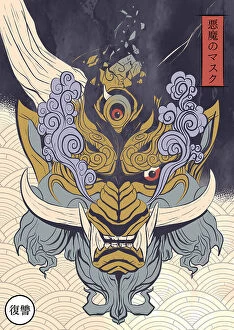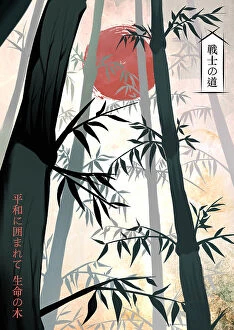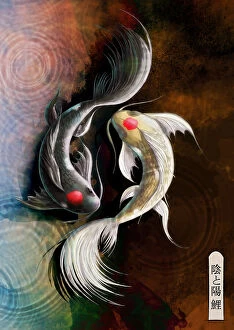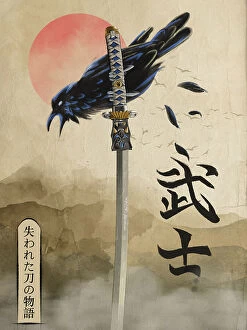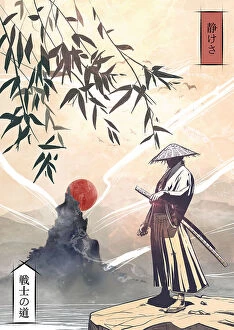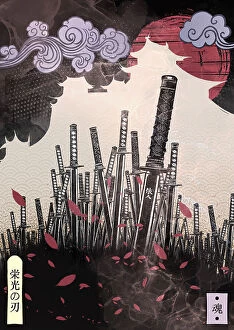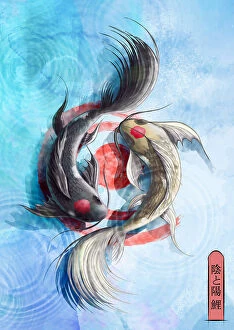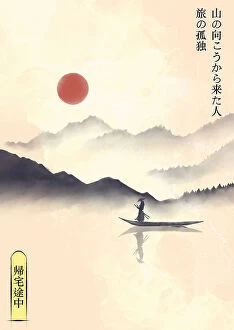Ukiyo E Collection (#6)
"Ukiyo-e: Capturing the Essence of Japanese Life" Step into the world of ukiyo-e, a captivating art form that flourished in Japan during the Edo period (1603-1868
For sale as Licensed Images
Choose your image, Select your licence and Download the media
"Ukiyo-e: Capturing the Essence of Japanese Life" Step into the world of ukiyo-e, a captivating art form that flourished in Japan during the Edo period (1603-1868). These woodblock prints and paintings offer glimpses into everyday life, landscapes, and cultural traditions. One such print is "Shore of Tago Bay, Ejiri at Tokaido. " Created around 1830, it depicts a serene coastal scene along the famous Tokaido road. The artist skillfully captures the tranquility and beauty of nature. In "Fuji in Clear Weather, " part of the series "36 Views of Mount Fuji, " we witness an iconic symbol of Japan standing tall against a clear blue sky. This masterpiece by Katsushika Hokusai showcases his mastery in capturing both grandeur and subtlety. Moving on to oil on canvas, we encounter "Olive Orchard mid-June. " Painted in 1889 by an unknown artist, this piece transports us to a lush orchard filled with vibrant olive trees. It demonstrates how ukiyo-e artists were not limited to woodblock prints but also explored other mediums. Mori Tessan's "A Peacock" mesmerizes with its intricate details and vivid colors. This artwork showcases Tessan's ability to bring animals to life through his brushstrokes. "The Bridge with Wisteria or Kameido Tenjin Keidai" takes us back to Edo-era Tokyo. As plate 57 from Hiroshige's renowned series "100 Views of Edo, " it presents a picturesque scene where wisteria vines gracefully hang over a bridge—a true feast for the eyes. Another notable work is "The Running Well Teahouse, Otsu. " From Hiroshige's series called "The Fifty-Three Stations of the Tokaido, " this print immerses us in traditional Japanese architecture and the peacefulness of a teahouse.

